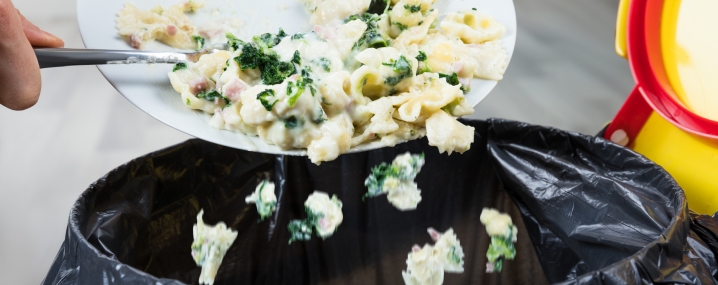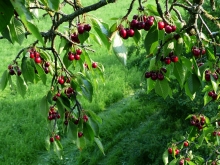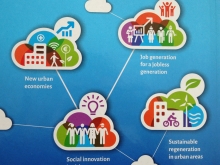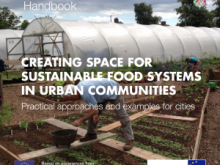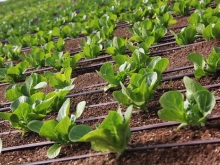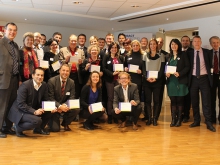Bristol
Bristol is located in southwest England on the River Avon, and has a short coastline on the Severn Estuary. The original town was listed in the Anglo-Saxon Chronicle of 1051 as a port trading regularly with Ireland. From the 13th century to 18th, Bristol was one of the country’s top three cities after London and York, with its growth and prosperity tied to shipping and trade. Wool was the key export, followed by coal and lead. However, it was an important part of the slave trade. Between 1697 and 1807, more than 2,000 ships left Bristol to make the trip to Africa and onwards across the Atlantic with slaves.
Today, the city has a population of 441,000, with around 1 million in its Larger Urban Zone. The key business sectors are banking and insurance, professional services, health and social care, education, the creative industries, aeronautics and defence, leisure and tourism. The University of Bristol and the University of West of England together produce a large student population.
Major investments have been carried out in the city in recent years, such as the opening of Cabot Circus, the city’s new £500 million shopping and leisure quarter, and the final phases of the historic harbour development. Today, the main port has been moved to nearby Avonmouth and is Britain’s main handler of car imports. Grain, timber and petroleum products also transit through the port. The city is European Green Capital in 2015 and a popular tourist destination, due to its range of museums, visitor attractions and nightlife.
SOME RELATED NETWORKS
Sustainable food
LUMASEC
Article
The growing role of food in fixing our cities
Article
Capitalisation Lessons for Governance
Article
Sustainable Food Handbook
News
Sharing City Journeys : Join the Sustainable Food in Urban Communities Network Final Conference!
News

